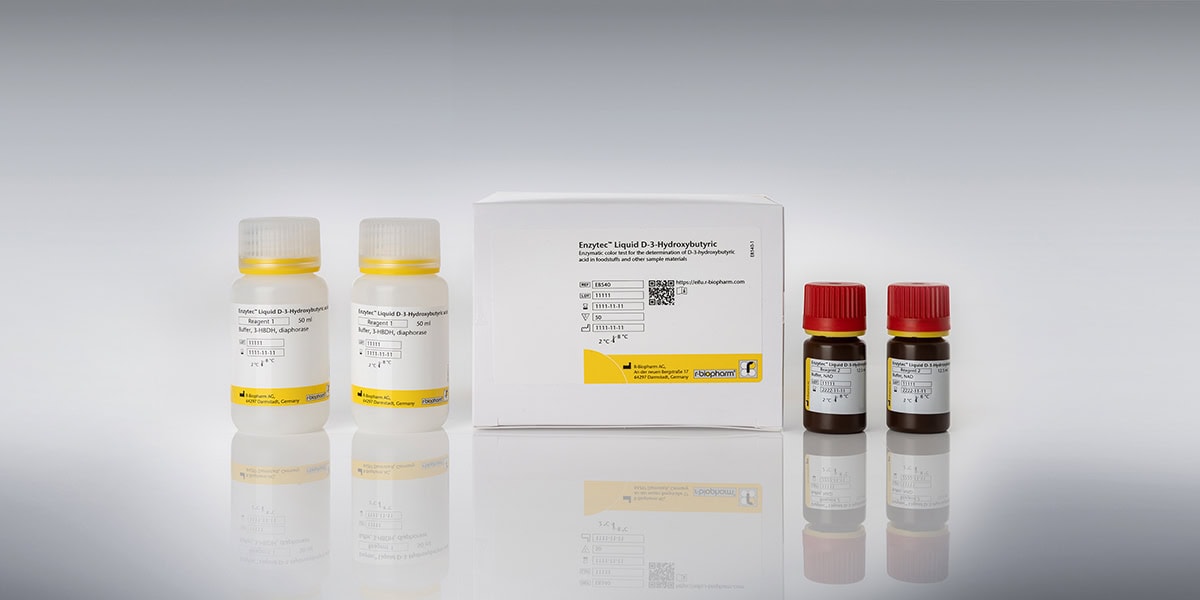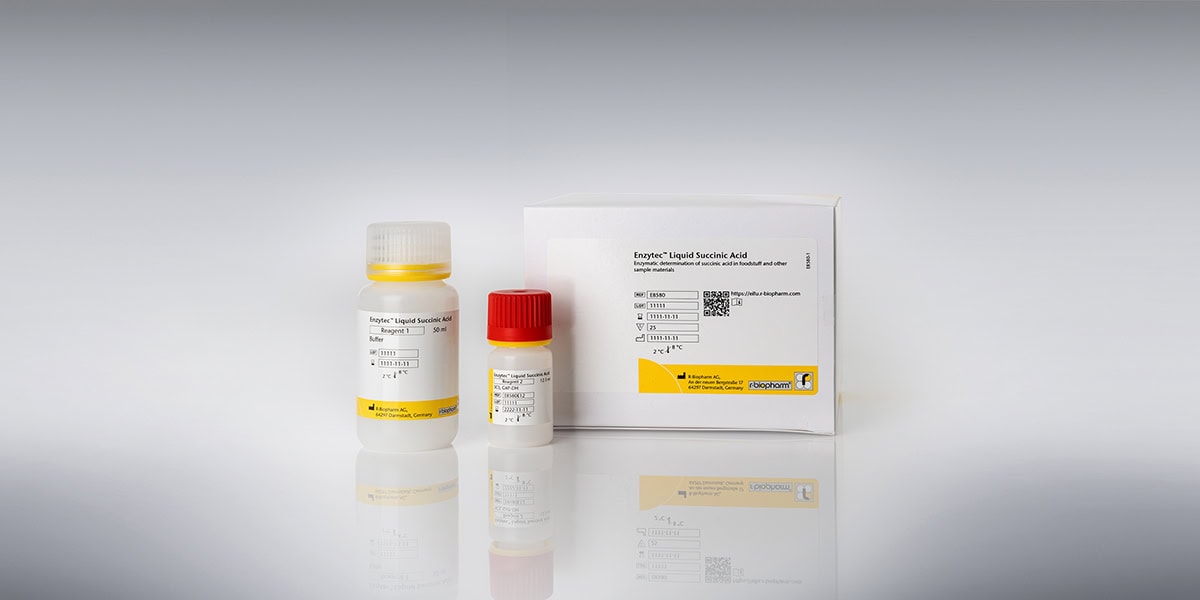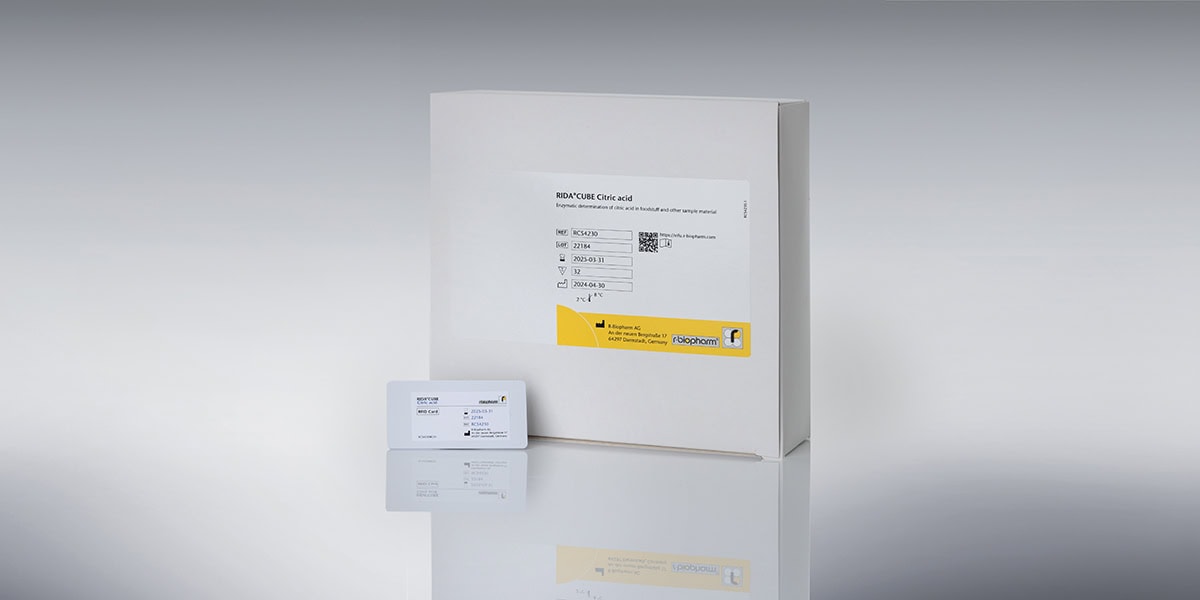
Recent news in Food & Feed Analysis
- Home
- /
- Wine analysis: How to...
Wine analysis: How to determine acids in wine

An exciting time begins for all the wine enthusiasts: Most wineries have started bottling the 2015 vintage a few weeks ago. Soon, there will be the first presentations of the new vintage – which might be quite unusual. The hot summer in Europe led to a rapid ripening of the grapes, together with a high sugar content and a low acidity. And since acids play a key role in winemaking, we took a closer look at the different acids in wine and the methods to determine them.
Acids have a decisive effect on the taste of wine: acid gives the wine structure and a fresh, fruity and balanced taste. Moreover, acids influence the colour and stabilize the wine. Low acidity makes the wine taste flat and dull. At the same time, high concentrations of certain acids can affect the taste and cause wine faults.
Important parameters for wine analysis
- Tartaric acid: Tartaric acid (also referred to as 2,3-dihydroxybutanedioic acid) is a typical grape acid; it is found in only a few foods apart from vine. Tartaric acid supports the stability and the colour of the wine. However, tartaric acid and malic acid do not differ in taste.
- Malic acid: The most important acid in grapes aside from tartaric acid is malic acid. It naturally occurs only as laevorotatory (L) malic acid; dextrorotary (D) malic acid is produced industrially. The concentration of malic acid in grapes varies depending on the degree of maturity and also depending on the type of vine: For example, Riesling and Silvaner have higher levels of malic acid in principle.
- Lactic acid: Lactic acid bacteria are best known from the production of yoghurt. However, they can also be present in vines and in already used wine casks. Moreover, lactic acid bacteria are often added intentionally to the wine in order to convert malic acid into the milder lactic acid. This process, which is also referred to as malolactic fermentation, gives the wine more complexity. However, lactic acid may affect the taste, especially in white wines.
- Acetic acid: Acetic acid, together with formic acid and some other acids, is one of the so-called “volatile acids”. It is normally not present in grapes, but is produced during fermentation. A content of 0.2 to 0.4 g per liter of wine is considered normal. A too high concentration leaves an undesirable, vinegar tasting wine. This wine fault, which is also referred to as „vinegar taint“, can hardly be eliminated in the final product.
Methods of acid determination
A rapid and precise analysis of sugar and acid contents in grapes is important to determine the best time to harvest. Regular analysis is necessary also during fermentation, so that adjustments can be made if required. Enzymatic methods have become well-established for the determination of acids in wine, since they are very precise and, at the same time, significantly faster and easier to use than traditional methods.
Moreover, enzymatic analyses can be easily automated, which is interesting even for small laboratories and wineries. An example for this is the RIDA®CUBE SCAN, which works with single-test cartridges and liquid, ready-to-use reagents. This portable analyzer performs all required analysis steps; the user merely has to pipette the sample into the tube and insert it into the instrument. After only 15 minutes, the results are shown on the display. This automated “walk away” system is a very convenient solution for wineries, enologists and laboratories with a lower sample throughput. Due to its compact size, the analyzer is easy to carry and therefore suitable for on-site analysis – and still, the system is as precise as big biochemistry analyzers.



